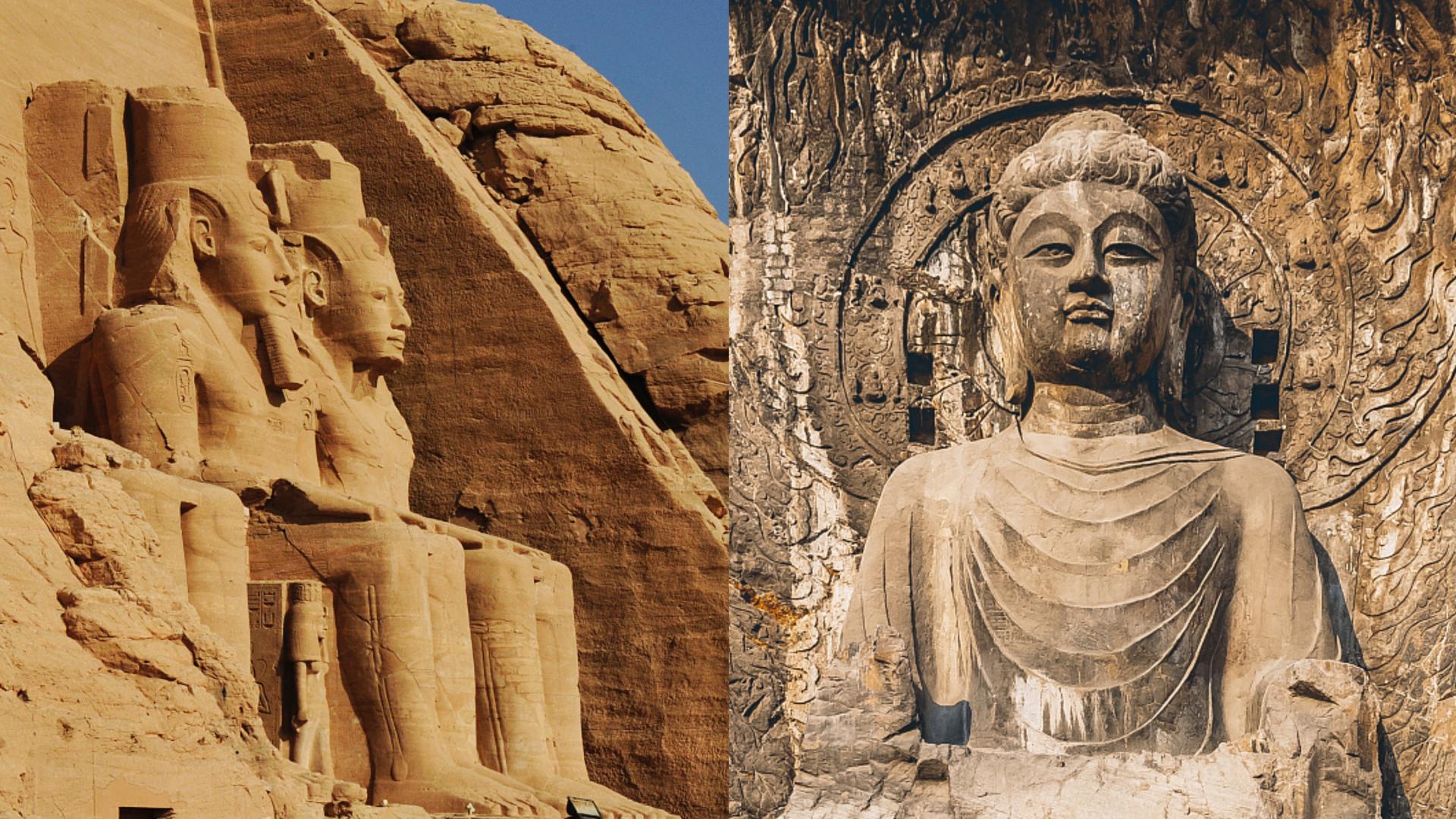Throughout human history, monumental stone carvings have stood as a testament to the wisdom and devotion of ancient craftsmen. Despite being separated by continents and millennia, Egypt's Abu Simbel and China's Longmen Grottoes both exemplify a deep religious reverence and an unwavering pursuit of artistic excellence. Abu Simbel, constructed by the ancient Egyptian Pharaoh Ramesses II, is a grand, rock-cut temple complex designed to affirm the divine status of the pharaoh.
The colossal statues of Ramesses II, towering at 20 meters high, stand guard over the Nile, showcasing the unparalleled skill of ancient Egyptian artisans. The Great Temple's intricate carvings depict interactions between the pharaoh and the gods, underscoring Ramesses II's sacred authority. The Abu Simbel complex, along with other relocated temples from Nubian sites, is part of the UNESCO World Heritage site known as the Nubian Monuments.

Similarly, the site of the Longmen Grottoes in central China's Henan Province represents the pinnacle of ancient Chinese religious and artistic expression. Initiated during the Northern Wei Dynasty (386-534), the Longmen Grottoes evolved over centuries into a masterpiece of Buddhist stone carving. More than just a symbol of religious devotion, the Longmen Grottoes site serves as a vital resource for understanding ancient Chinese religion, politics, economy, and culture.
In 2000, the site was inscribed on the UNESCO World Heritage List..



















